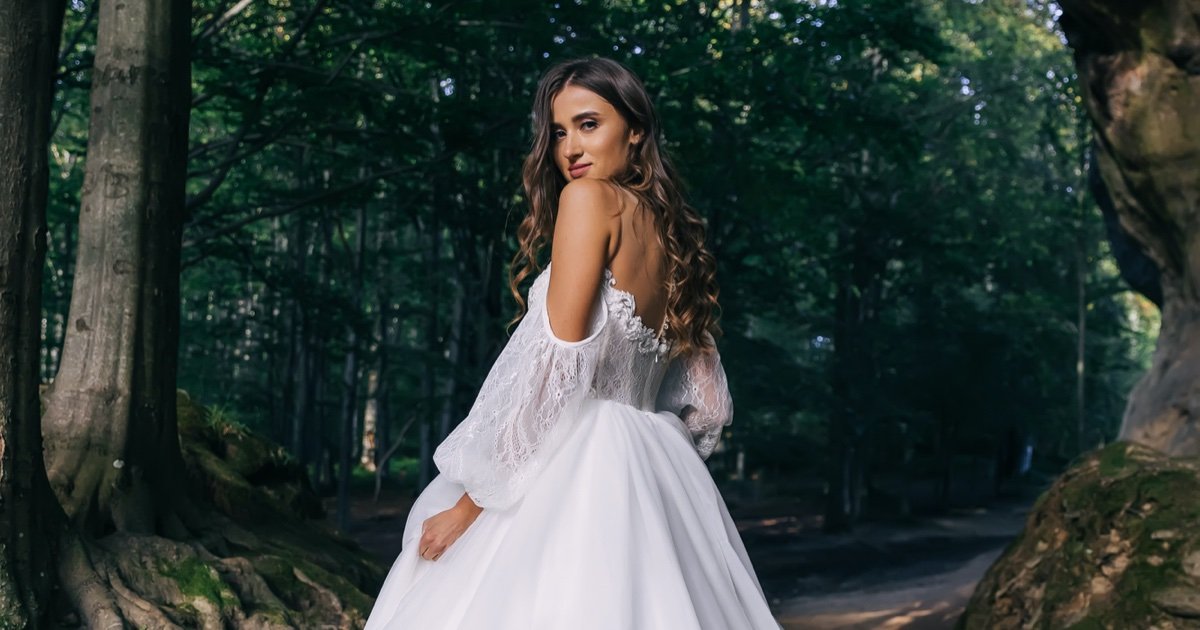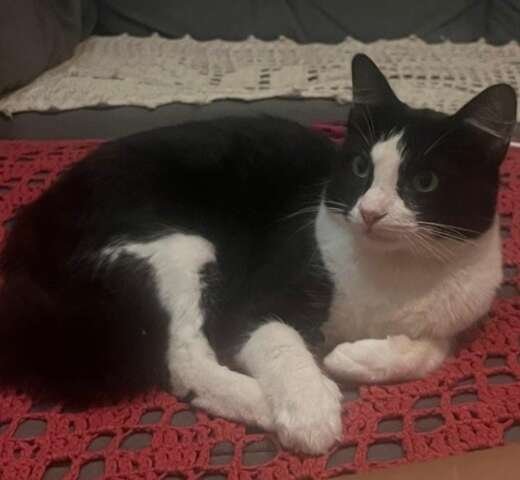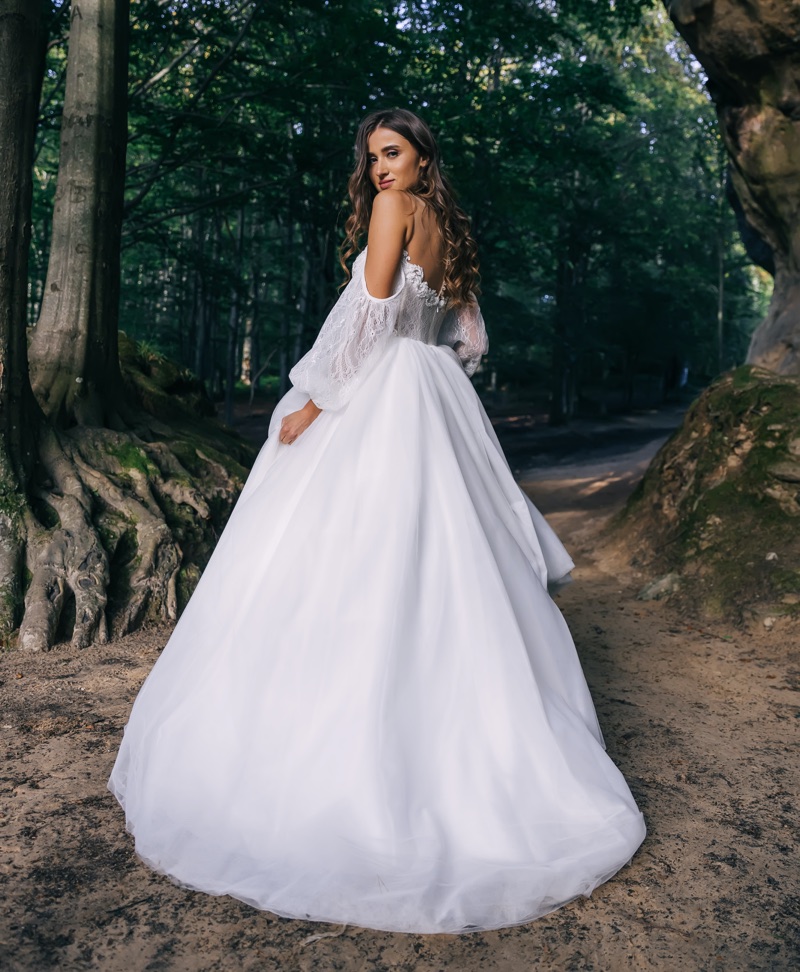
Every bride dreams of the moment she steps into her gown, its fabric flowing and details shimmering. But beyond the ceremony, the significance of that garment lingers. With proper wedding dress box preservation, a wedding dress can transcend its one-day wear and become an enduring legacy.
Take a closer look at why wedding gowns deserve the same reverence as couture pieces. These designs contain emotional, financial, and artistic value. And they also warrant lasting care.
Wedding Dresses as Emotional Objects
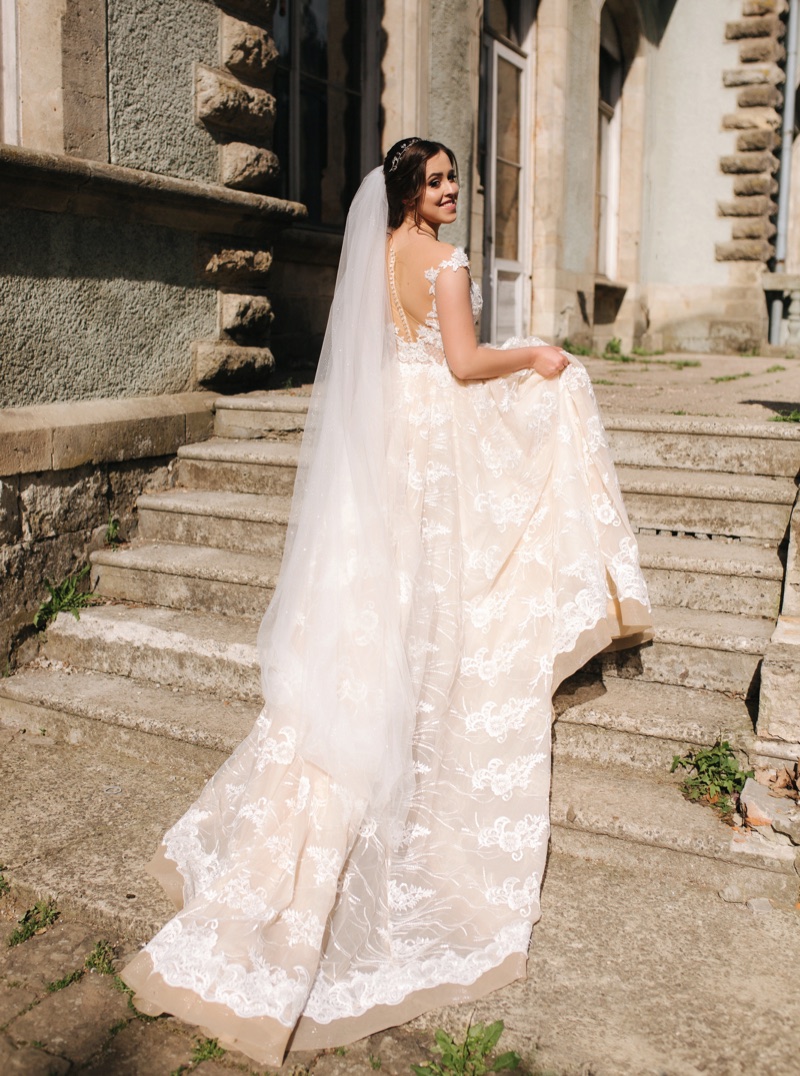
Wedding dresses go beyond being merely clothes. They bear tales, feelings, and very intimate memories. The dress is full of meaning, like the heart-rending scene when a mother assists her daughter in buttoning the back.
Or through the first steps of the bride as she steps down the aisle with her veil on. Like couture, where trends can only exist on the runway and in the mass imagination, a wedding dress can stay the focus of a day that someone promised would last forever.
These gowns turn out to be the symbolic lighthouse in the life of an individual. Many years later, when you hold the dress again in your hands, you may experience a flood of emotions, as your mind returns to the wedding vows, the happiness, and all the thoughtful touches.
It is the power of memory that makes wedding dresses so elevated. It gives wedding dresses something intangible, something that reminds one of the rarity of haute couture.
Preservation in the long run preserves the material integrity of a dress, while also preserving these emotions. Thinking of a dress as an emotional heirloom prompts one to think more carefully about it. It elevates a mere keepsake to a beloved, lasting object of value.
The Financial Worth of Preserved Memories
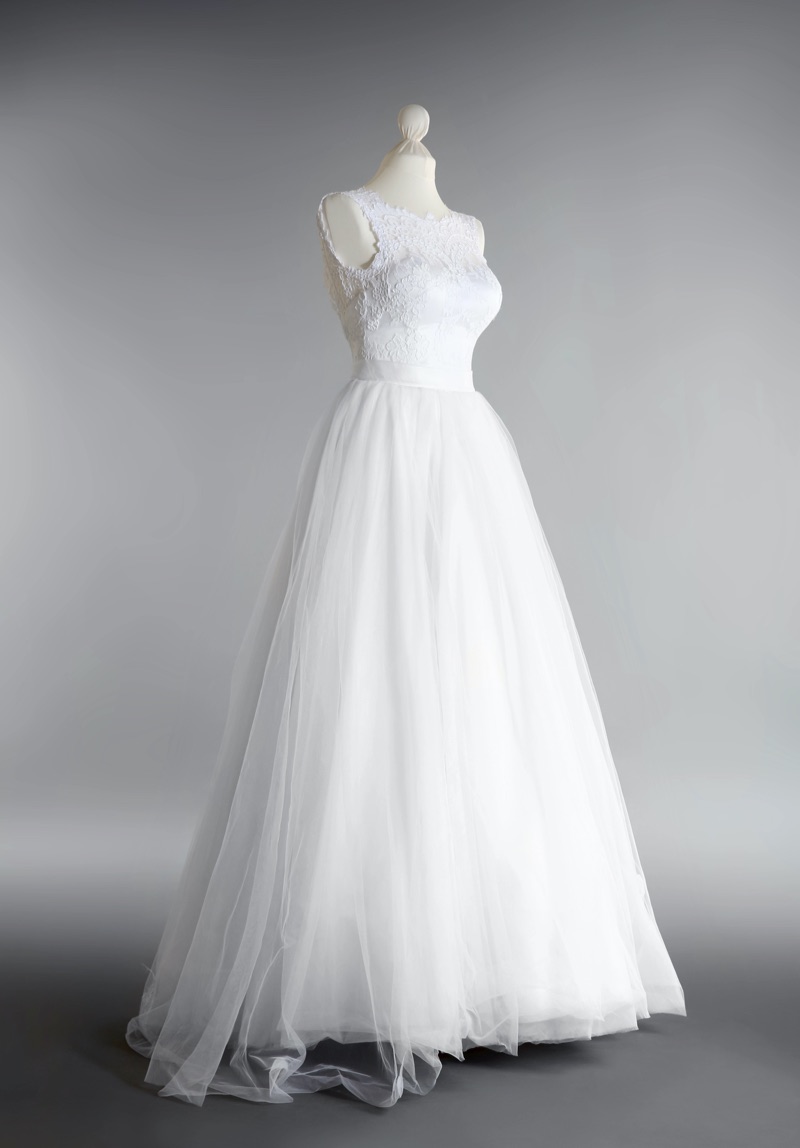
Couture items are valuable and revered by collectors and museums alike. Wedding dresses, particularly those that are made of expensive materials, expertly tailored, and unique in their style, also have hidden economic value.
Many are not bought as an investment, but their workmanship and personal story can have a surprising value over time.
As an example, a dress of high-quality silk, decorated with hand-sewn lace or craft embroidery, is costly and labor-intensive. This is the same detail one is met with in couture designs.
Preserved in the proper way, such gowns will not lose material beauty. They will become a rarity not only valued by their owners but also by fashion historians, future generations, or even a special exhibition.
The couture-mindset to preservation consists of investing in storage that limits deterioration. Keeping a dress in an archival box made of high-quality materials and free from acid and other harmful environmental factors is another long-term preservation method.
Such a treatment transforms a dress into a unique item that is not simply bought but a possession that is to be cherished and has a long-term value.
Conservation as Posterity Protocol
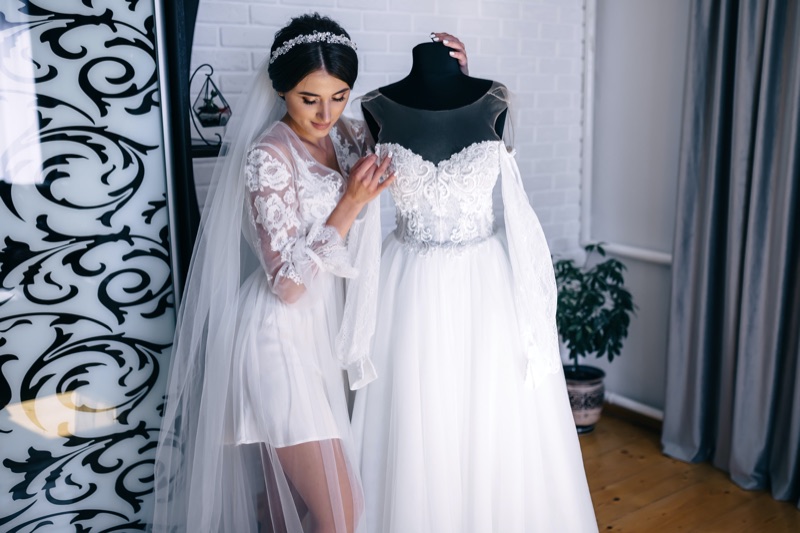
The high fashion houses use strict preservation techniques in order to keep their creations in shape decades after they appear on the runway. They monitor humidity, acid-free materials, and store objects in climate-controlled conditions.
Using these principles on wedding dresses will make the prints more vibrant, fabrics more resilient, and decorations more durable, even decades later.
Another couture care pillar is meticulous handling. Wearing cotton or nitrile gloves to keep hand oils off fabric, putting tissue between folds, and avoiding hanging a heavy gown over a prolonged period all replicate professional archival practice. These little steps cushion fragile strands and support the framework.
Artisanal Quality That Warrants Selective Treatment
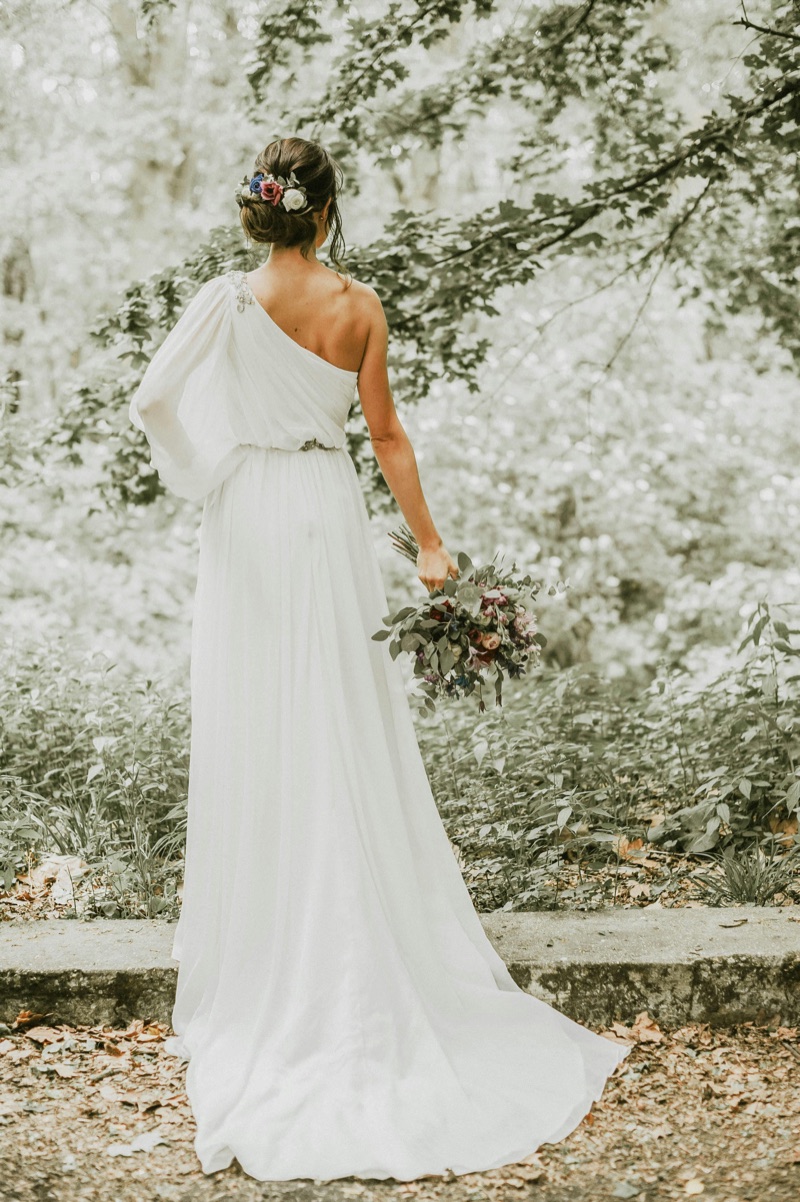
The skill and craftsmanship of couture are reflected in a lot of wedding dresses. For example, beading that someone laid by hand, appliqué in intricate floral designs, and seams that fall beautifully over the body as it moves, and light illuminates it.
Every stitch is an intentional aesthetic and technical expertise. They are not ready-made, mass-produced clothes, but are clothes that have the same amount of devotion and attention put into them.
A bride invests deeply in these details, and that devotion deserves to be matched. If a dress combines both personal style and artistry worth preserving, it calls for the same selective care museums give to fashion history.
The haptic opulence of the luxe fabrics: silk satin, tulle, crepe, and ornaments requires storage that recognizes the texture and shape.
Priceless Style
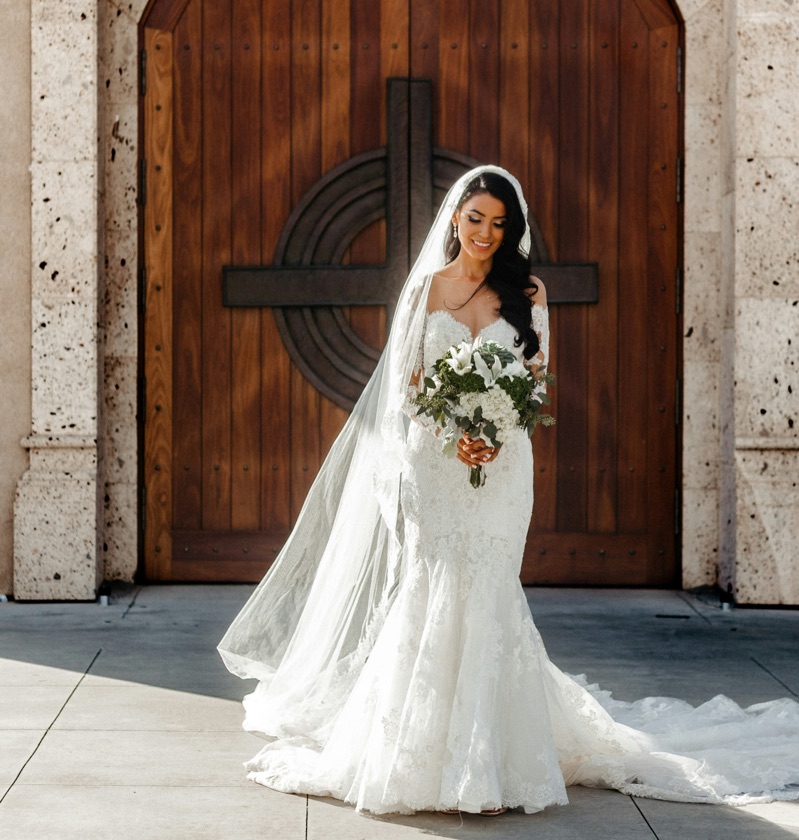
Treating a wedding dress as a couture investment changes the way we treat it (emotionally, financially, and physically). These clothes are receptacles of art and affection, which deserve a gracious preservation.
When we handle wedding dresses with the same delicate care that we treat haute couture, particularly via archival methods and careful storage, we respect the story of the garment and preserve it.
By so doing, a wedding dress becomes a timeless, beautiful testimony to love and art.

